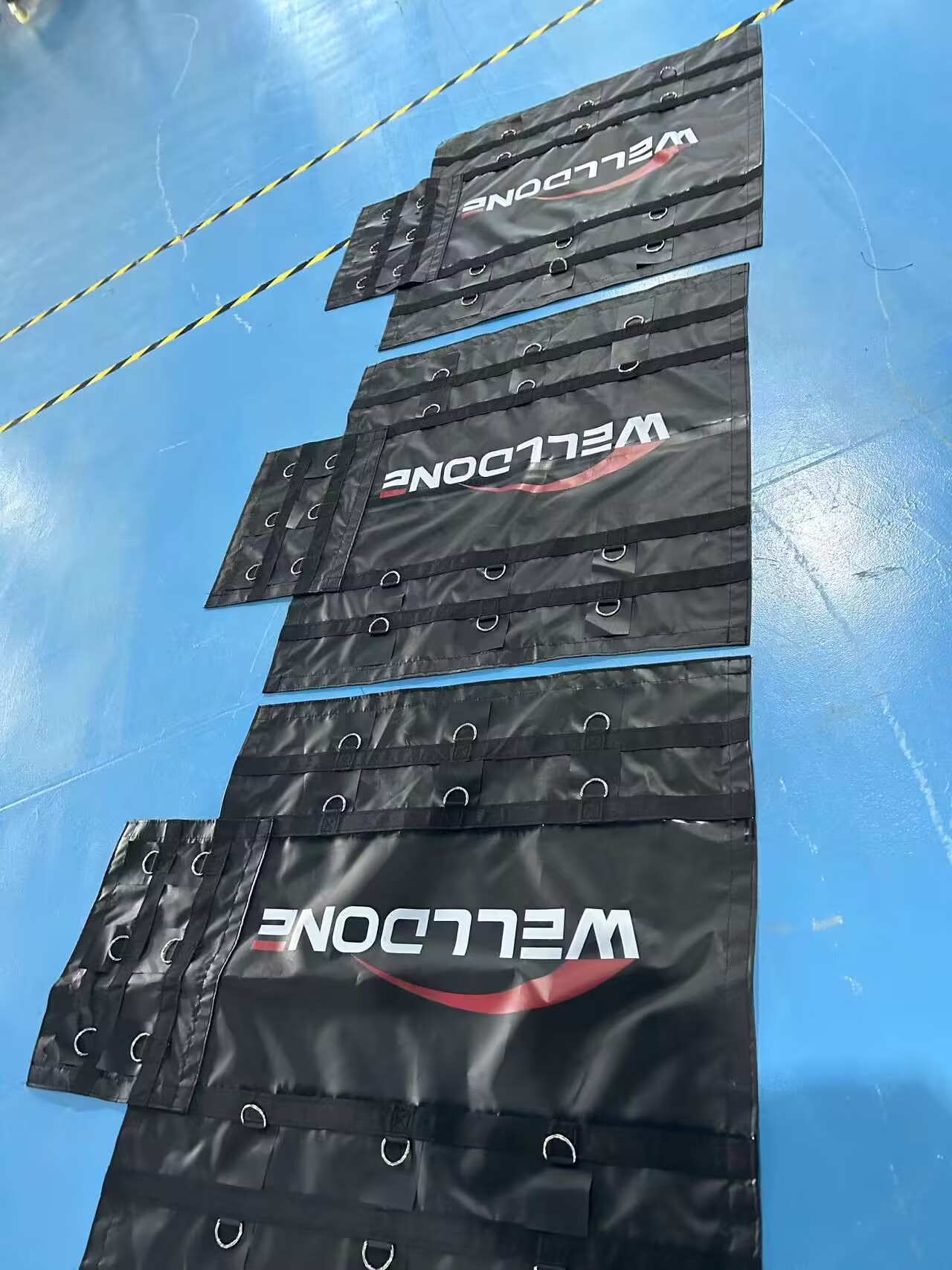Tarpaulins, or “tarps” as they are often called, are durable, flexible, and versatile sheets that have become an essential tool for many industries, outdoor enthusiasts, and even everyday households. Whether for temporary shelter, covering valuable equipment, or serving as a weather-resistant layer, tarps are an indispensable part of modern life.
What is a Tarpaulin?
A tarpaulin is a large sheet of strong, flexible, and waterproof material. Traditionally, tarps were made from canvas or cloth coated with tar, hence the name. However, modern tarpaulins are typically made from polyethylene (PE), polyester, vinyl, or canvas treated with plastic coatings. They come in various sizes and thicknesses and are reinforced with grommets along the edges to allow for easy tying or securing.
Types of Tarpaulins
1. Polyethylene (PE) Tarpaulins: These are the most common type of tarps used today, known for being lightweight, water-resistant, and inexpensive. PE tarps are often used in construction, agriculture, and for temporary shelter. The material consists of woven strips of polyethylene plastic, which is laminated to make it waterproof.
2. Vinyl Tarpaulins: Vinyl tarps are stronger and more durable than PE tarps. Made from PVC-coated polyester, they are ideal for heavy-duty applications like industrial covering, long-term shelter, and covering large equipment. Vinyl tarps are resistant to tearing, chemicals, and UV rays.
3. Canvas Tarpaulins: Made from heavy-duty cotton, canvas tarps are breathable and ideal for covering items that require air circulation, such as camping gear or wood piles. Though not fully waterproof, canvas tarps are water-resistant and more eco-friendly than their plastic counterparts.
4. Mesh Tarpaulins: Unlike solid tarps, mesh tarps are designed to allow airflow while still providing shade and protection from larger debris. These are commonly used in gardening, construction, and to cover truck loads.
Common Uses of Tarpaulins
1. Weather Protection: Tarpaulins are most commonly used for protecting against harsh weather conditions. Whether it’s protecting construction materials from rain or shielding outdoor furniture from the sun, a tarp acts as a waterproof and UV-resistant barrier.
2. Shelter and Tents: In camping and survival scenarios, tarps can be quickly fashioned into makeshift shelters or ground covers. They are lightweight and easy to carry, making them ideal for outdoor adventures. Tarps are also often used in disaster relief operations to create emergency shelters.
3. Transportation Cover: Truck drivers use tarpaulins to cover loads during transportation, preventing them from being exposed to rain, wind, or flying debris. Many mesh tarps are used in this industry to prevent small particles from escaping.
4. Construction and Agriculture: In construction, tarpaulins are used to cover building materials, scaffolding, and equipment, protecting them from environmental elements. In agriculture, they are often used as crop covers or to shelter livestock.
5. Event and Outdoor Activities: Tarps are commonly seen at outdoor events such as markets, concerts, and fairs, where they provide temporary shade or cover. They are also popular among DIY enthusiasts who use them as drop cloths for painting or crafting.
Choosing the Right Tarpaulin Selecting the right tarpaulin depends on several factors: –
Purpose: For general outdoor use, a polyethylene tarp may suffice. However, for heavy-duty applications like covering machinery or long-term outdoor storage, a thicker vinyl tarp is recommended.
Size: Measure the area or object you need to cover and select a tarp that is slightly larger to ensure full coverage.
Durability: If the tarp will be exposed to harsh conditions, such as strong winds or heavy rain, opt for a high-strength, reinforced material.
Weather Resistance: Ensure that the tarp is UV-treated if it will be used in sunny conditions for prolonged periods. For cold environments, check if the tarp remains flexible in freezing temperatures.
Post time: Sep-13-2024






